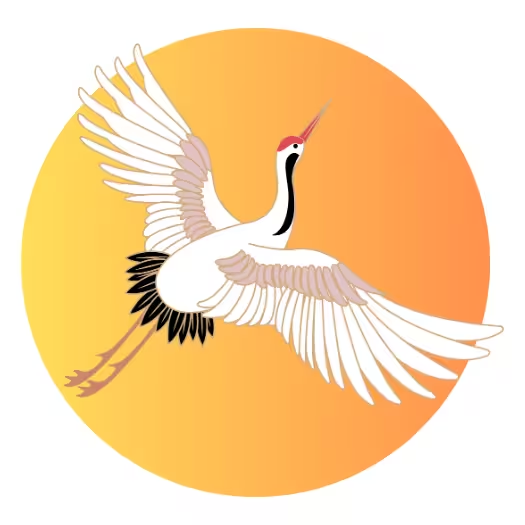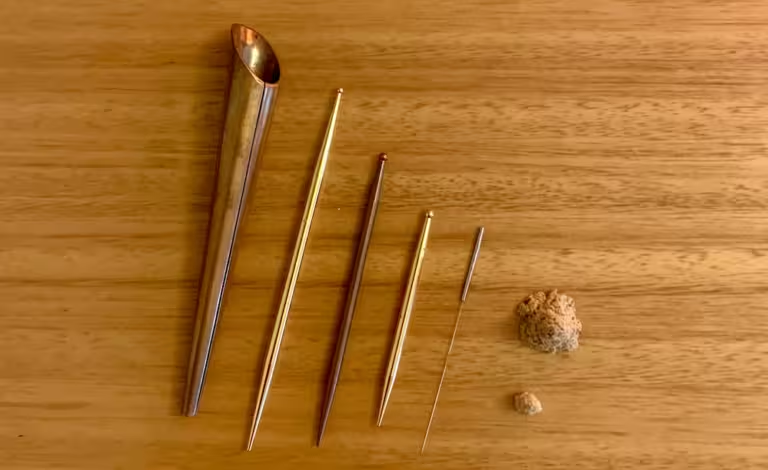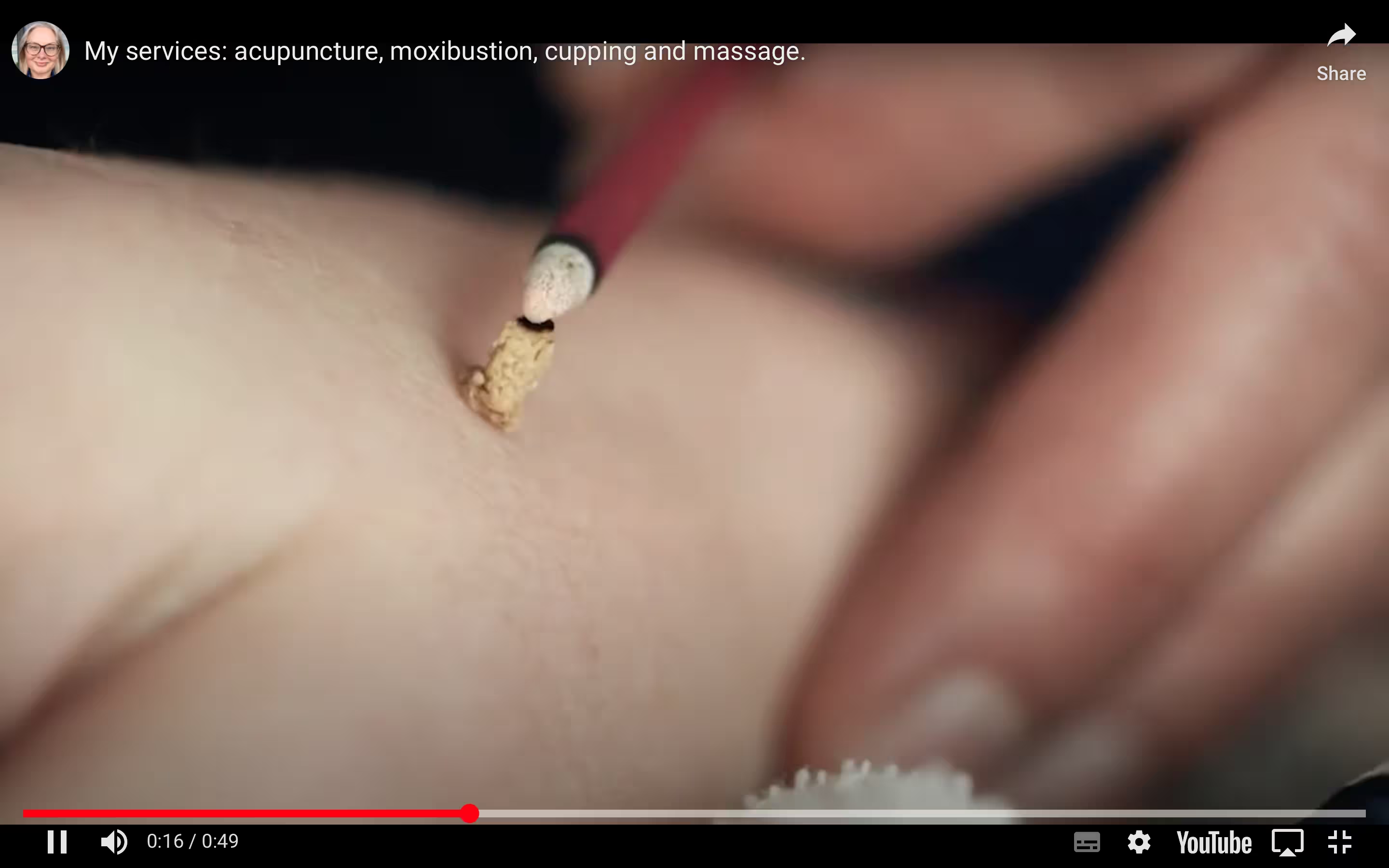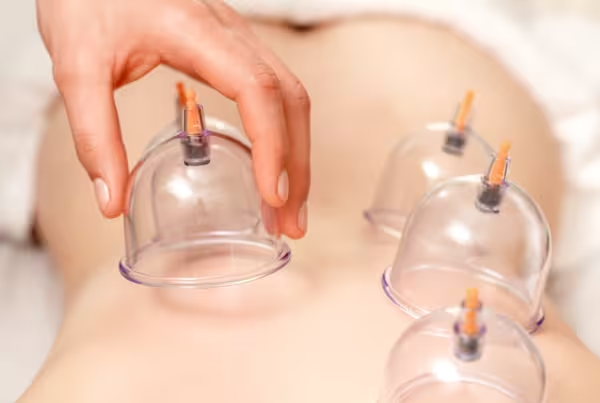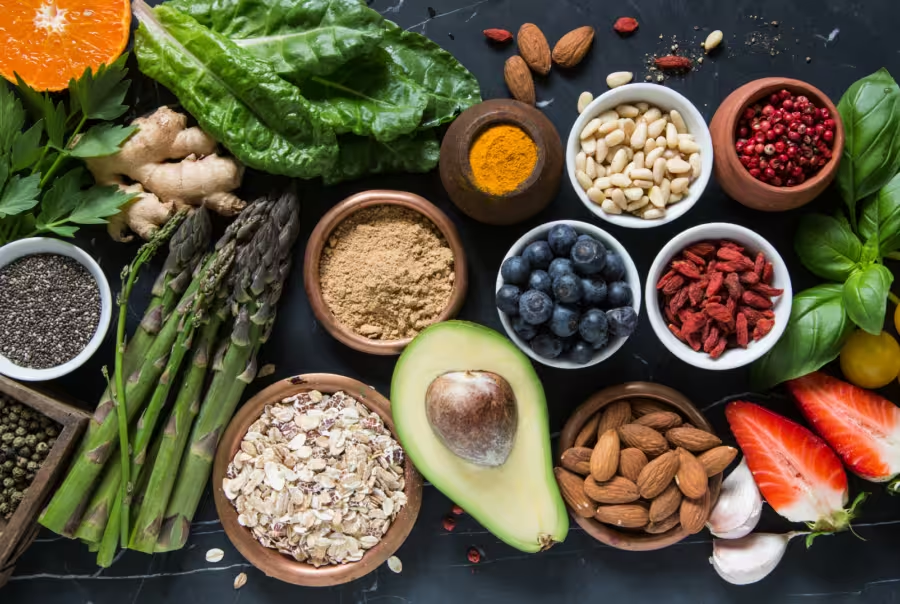Acupuncture is an ancient healing science and art that taps into our own natural healing abilities, promoting balance, recovery, rejuvenation and wellbeing. It is part of the system of Traditional East Asian Medicine (TEAM), which originated in China and took root in Japan more than 1,500 years ago.
Known in Japanese as Hari-kyu, and as Zhen-jui in Chinese, the term acupuncture is comprised of two characters meaning needling and moxibustion, which together help to restore homeostasis to the body, mind and spirit.
Very fine needles are inserted into the qi energetic stream, either into the body or just above the skin. Most clients don’t experience any pain or discomfort during an acupuncture session with me.
Moxibustion is the burning of the herb mugwort or artemisia and works to balance and harmonise the body. Together, needling and moxibustion can assist the body-mind and spirit to rest, recover and to heal. Other tools (see below) may also be used to balance the qi, blood, yin and yang.
